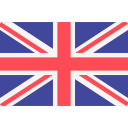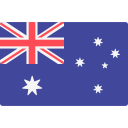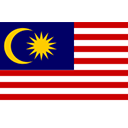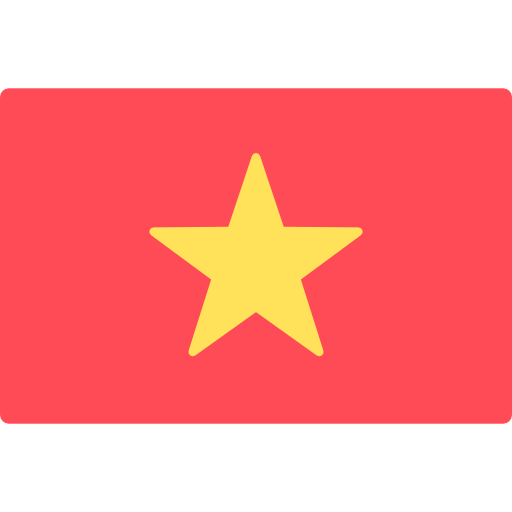The construction of the katana | SBC101
2022-08-31
What are the parts of the Katana?
The Handle and Scabbard
- Kashira: The Kashira is the very end bit of the sword, basically the butt cap. You might think of it as a money jar ‘KASHira’. Pronounced: Ka-shee-ra.
- Menuki: This part of the sword is ornamental and can depict almost anything. You can get dragons, sunsets, or really whatever strikes your fancy. They will most often be related to the theme of the sword. To help you remember, think about how many parts there are to the sword. It would be a lot easier if there were a MENU to help remember them all. Pronounced: Meh-noo-ki.
- Tsuba: This one’s easy: it's the hand guard. This can be themed, decorated, or plain, depending on the style of the sword. Pronounced: Sue-bah.
- Seppa: The spacers on the sword. If you were a samurai, you might commit SEPPuku by thrusting the sword into yourself, all the way up to the Seppa. Pronounced: Sep-pa (a long double 'p').
- Saya: The next one is the Saya or also called Scabbard. This part is used to protect the blade while dormant, or when not being in use. It helps avoid unnecessary injuries from handling the Katana.
- Kurigata: The cord is tied around this knob. Traditionally, it would be made from buffalo horn. There are no clever ways to remember this, you’re going to have to rely on brain power alone. Pronounced: Kooh-Reeh-Gah-Tah.
- Koiguchi: The koiguchi makes up the mouth of scabbard. I like to think of a Koi carp opening it’s mouth for food. Pronounced: Koy-Goo-Chee.
- Sageo: The sageo is the cord found on samurai swords. Only the very best sword SAGE can work out the OH-so-difficult knot used to tie the cord. Pronounced: Sa-Geh-Oh.
Moving Up the Sword
- Ito: The Ito is the handle wrap and holds it together. IT’s OH so hard to wrap properly. Pronounced: Eee-To.
- Fuchi: The next is the Fuchi, which is basically the metal sleeve that keeps the Tsuka locked together.
- Samegawa: The third is the Samekawa, which is another form of hilt wrapping, sitting under the Tsukaito. Stringray skin and shark skin are the most common skins used in the early times. Now, synthetic materials can be used as a replacement.
- Mekugi: The fifth part is the Mekugi, which are small pegs created from bamboo. They affix the sword’s Tang in place underneath the handle.It may not look like it, but the Mekugi are actually important. They are durable and flexible so that the sword could remain intact when taking impact.
- Ha: The blade of the Katana. Laugh at your friends as they attempt to remember all the parts of the Samurai Sword. HaHaHa. Pronounced: Ha.
- Habaki: Another part is the Habaki, which is the metal collar located at the base of the blade’s sword. Its purpose is to increase stability and keep all parts balanced and tight.
- Munemachi: The collar notch. Can be used for measuring the length of the blade, starting from the notch all the way to the tip. Pronounced: Moo-Neh-Mah-Chee.
- Bo-Hi: Used to lighten the sword, but sometimes called the blood groove. Pronounced: Boh-Hee.
The Blade
- Nakago: The tang of the blade. You should not oil this part of the blade. With time it’ll get a black protective patina. Pronounced: Nah-Kah-Goh.
- Sori: The curvature of the samurai sword. Soh-ree, your sword has been bent… Pronounced: Soh-Ree.
- Nagasa: The length of the blade. Pronounced: Nah-Gah-Sah.
- Hamon: The famous hardened edge of the samurai sword. Pronounced: Har-Mon
- Boshi: The tip Hamon. Pronounced: Boh-Shee
- Kissaki: The very tip of the blade. Pronounced: Kiss-Sah-Ki
In today’s time, of course, the process of creating a functional katana has improved and technologically-abled. But according to some who have insights and experienced the traditional Katana, the blades produced during the Edo period will always be priceless.
The process, the intimacy and the passion between the Swordsmith and its sword, will never be replaceable. This is what makes the katana so special.


 USD
USD










